Hello friends, you are very welcome to Mixing Images. I am your dear friend Vikas Yadav. Friends, in today's post, we are going to talk about Sarees Images. Friends, in today's post, I am going to post for you some lovely and beautiful images of Sarees, which you will be very happy after seeing. So let's start again.
25+ Best Wedding Sarees Images
 |
| Wedding Sarees Images |
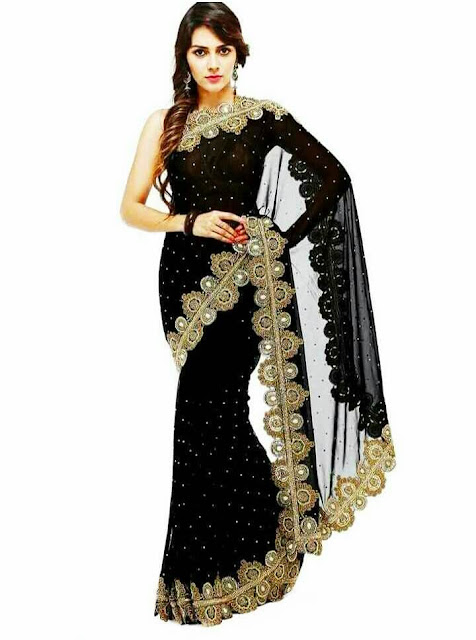 |
| Wedding Sarees Images |
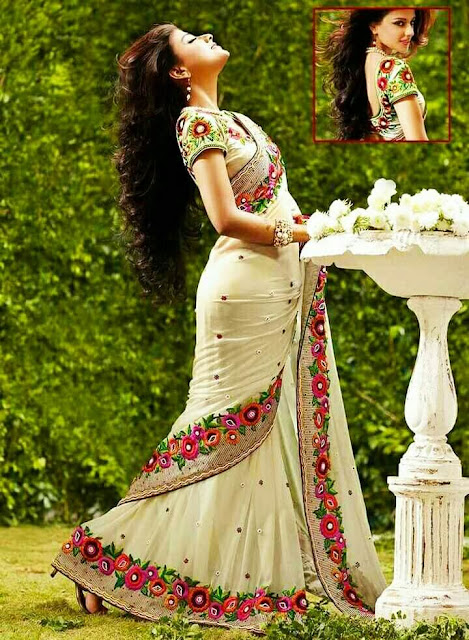 |
| Wedding Sarees Images |
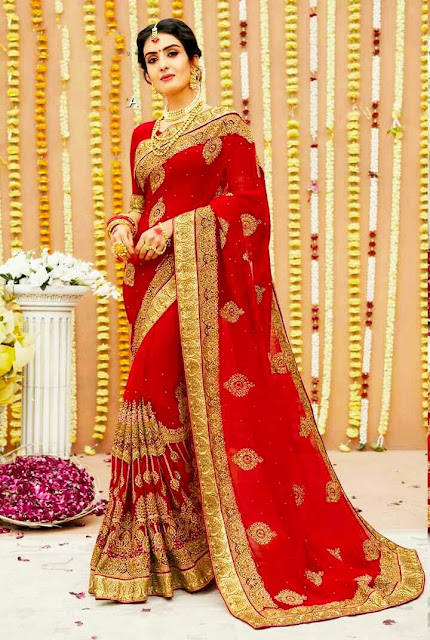 |
| Wedding Sarees Images |
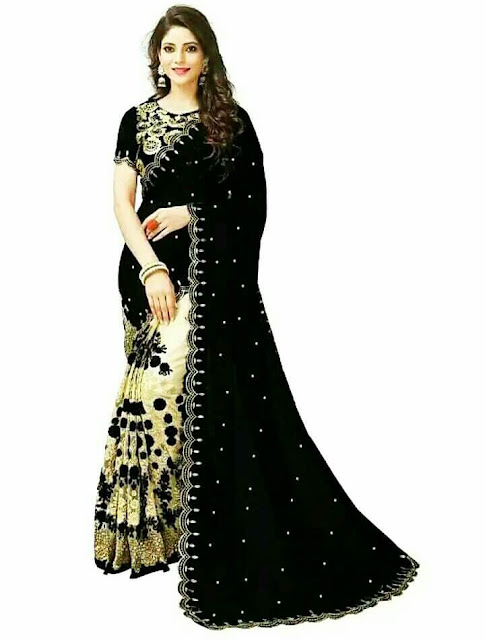 |
| Wedding Sarees Images |
 |
| Wedding Sarees Images |
 |
| Wedding Sarees Images |
 |
| Wedding Sarees Images |
 |
| Wedding Sarees Images |
 |
| Wedding Sarees Images |
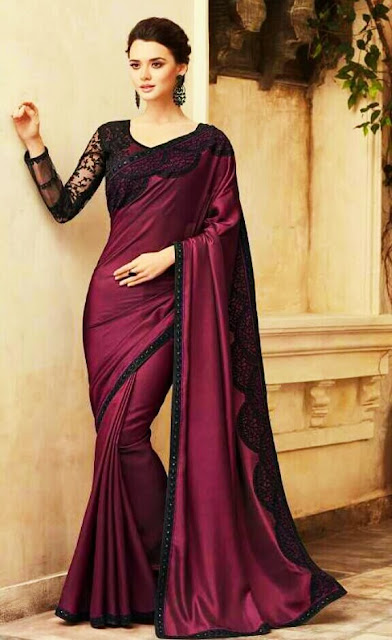 |
| Wedding Sarees Images |
 |
| Wedding Sarees Images |
 |
| Wedding Sarees Images |
 |
| Wedding Sarees Images |
 |
| Wedding Sarees Images |
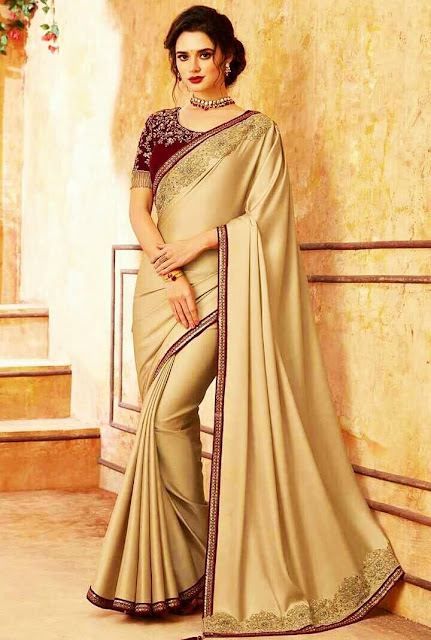 |
| Wedding Sarees Images |
 |
| Wedding Sarees Images |
 |
| Wedding Sarees Images |
 |
| Wedding Sarees Images |
 |
| Wedding Sarees Images |
 |
| Wedding Sarees Images |
 |
| Wedding Sarees Images |
 |
| Wedding Sarees Images |
 |
| Wedding Sarees Images |
 |
| Wedding Sarees Images |
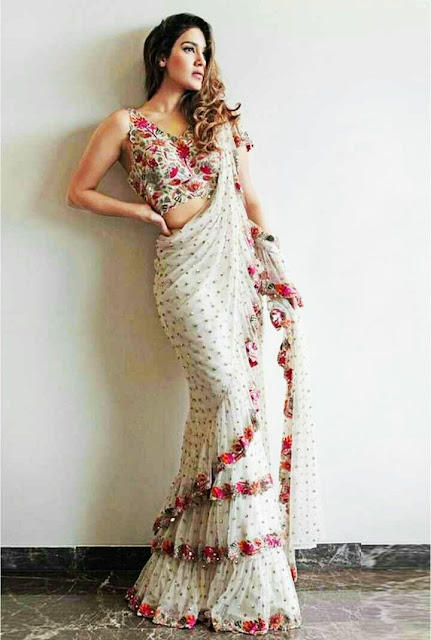 |
| Wedding Sarees Images |
 |
| Wedding Sarees Images |
Any place gets a different identity because of certain things like the dialect, food, customs, and dress that has been passed down for generations. And the identity of Indian traditional dress is "saree". Saree is an extremely ancient part of Indian culture, which is also mentioned in one of our oldest Veda Puranas, the Yajurveda, in which it is said that it is mandatory for any woman to wear a saree to sit in a havan.
The Sanskrit language was used in ancient times and in the Sanskrit language written in Vedo there is mention of "Shatika or Sattika" which is the Sanskrit word for Sari.
The saree is believed to be one of the longest and ancient costumes in the world. Even in times of Indus Valley Civilization, saris were worn. And we find evidence of this in the artifacts of that time.
The times have changed and changed the look of saree, where earlier saree sarees were practiced, in the present day, there are many types of designer sarees such as cotton sarees, South silk in silk sarees, Banarasi silk, Kanjeevaram silk, etc.
Georgette saris, Jamdani saris, Kalamkari saris, Garhwal saris, Net saris, Patta Chitrakari saris, Lakanvi Chitrakari saris, Phulkari work saris, Zari saris, Silk embroidered saris, Kantha Work saris, Maheshwari saris, etc.
In today's rapidly changing era, where the fashion in clothes changes every day, this thousand of years old dress has maintained its importance and place even today.
In Indian culture and Hindu tradition, the main garment of women is the saree, which is also known as Sari in many areas. Since ancient times, the sari counted in Indian apparel is considered the longest.
Approximately 5 to 6 yards long, this garment is made from just one long unstitched cloth. The sari is draped over a choli or blouse.
Worn in different ways in different states of India, this dress presents an amazing specimen of the traditional costumes of India. According to the prevailing traditions in different parts of the country, level of living, and geographical location there, saris also vary.
Since ancient times, this garment used to show respect to a woman was so long that it was considered sufficient to protect the women's body by covering it easily. The history of sarees is very old and memorable.
Since ancient times, saris have been considered a part of the make-up of Indian women and it is considered auspicious to wear saris on many special occasions. The sari is not only the dress of Indian women but also a symbol of Indian culture for them.
In ancient Indian texts and Vedas, the word sari is described as showing special significance. It is first described in the Yajurveda. Thereafter, the importance of wearing a sari is also mentioned on the occasion of Yajna, Havan, and Pooja (worship of God) or any special festival, that is why in ancient history sari is considered special and auspicious for the wife.
This Indian dress, prevalent from the mythological period to the present, has preserved different changes. The longest Indian costume has been considered a symbol of women's self-defense since the time of the mythological text Mahabharata.
During the Mahabharata period, when Duryodhana attempted to rip Draupadi in a gathering, Lord Krishna himself saved the honor of his identity by making Draupadi's sari extremely long. Since that time, the sari has been considered a symbol of respect and protection of a woman. A nobleman spent the sad sorrow in a rip-off like this:
All is a woman, it is all a woman, it is all a woman, it is all a woman.
According to the Indian ancient tradition, sarees of different colors and types are worn according to different customs. Just as it is customary to wear colored saris for married women and white saris for widowed women.
Considered a sign of Indian heritage, this garment has been liked by women since ancient times. Sari is considered a symbol of simplicity, simplicity, respect, and coolness of Indian women.
Since the second century BCE, the figures of women carved in the sculptures have shown the front part above the waist of women and the part of the legs covered with the sari. It symbolizes that the sari is not only a part of Indian apparel, but it is also the self-shield of women, which maintains and protects their honor and character.
Due to this history, after conquering the northern and central parts of India in the 12th century, Muslims insisted on a culture of covering the body completely. In which there was a custom of women to wear a blouse or choli on the top and a sari over the bottom of a lehenga costume or petticoat. The sari is considered to be associated with its religion, incorporating religious traditions and religious insignia.
It is believed that a woman expresses her feelings of mind through the colors used in sarees. Many folk artists who converted to religion to eliminate various arbitrary stereotypes of society. He used the names of holy rivers like Ganga, Yamuna, and Saraswati for saris.
This art and name have expanded so much that it continues to prevail among the changing heritage from generation to generation, hence the inclusion of different religions like Hindu, Buddhist, Jain, Islam, etc. in sarees. According to the art and culture of the countries where religious followers have been going since ancient times, the print and design of this garment have also changed. Including artifacts from Indonesia, Pakistan, Sri Lanka, and many other countries, this garment is being transformed into new forms day by day.
Final Word
Friends, I hope you have liked today's post if you like this post of mine, then you like and share this post of mine. Do not forget to comment.





























![5555+ WhatsApp DP Images 2025 [ New & Stylish WhatsApp DP ]](https://blogger.googleusercontent.com/img/a/AVvXsEg95BfLEowtFnLtY0Il-OSnzA76svLtx8rt7iXrP02lzt0U-y2AHvAhQFdIMHg97mkNEBk6mB9z2cDEusvytmRIYatQLaGhPeZbmVKP0hTcPe2dxRSKw9LydaR2N3t5TOrDor018-2ttJcGzBUgjgqO4mU_pxF-2gw4zEAZ4tWQNydtUyrGsYH6CVrZ=w680)




0 Comments
If You Have Any Doubts. Please Let Me Know.